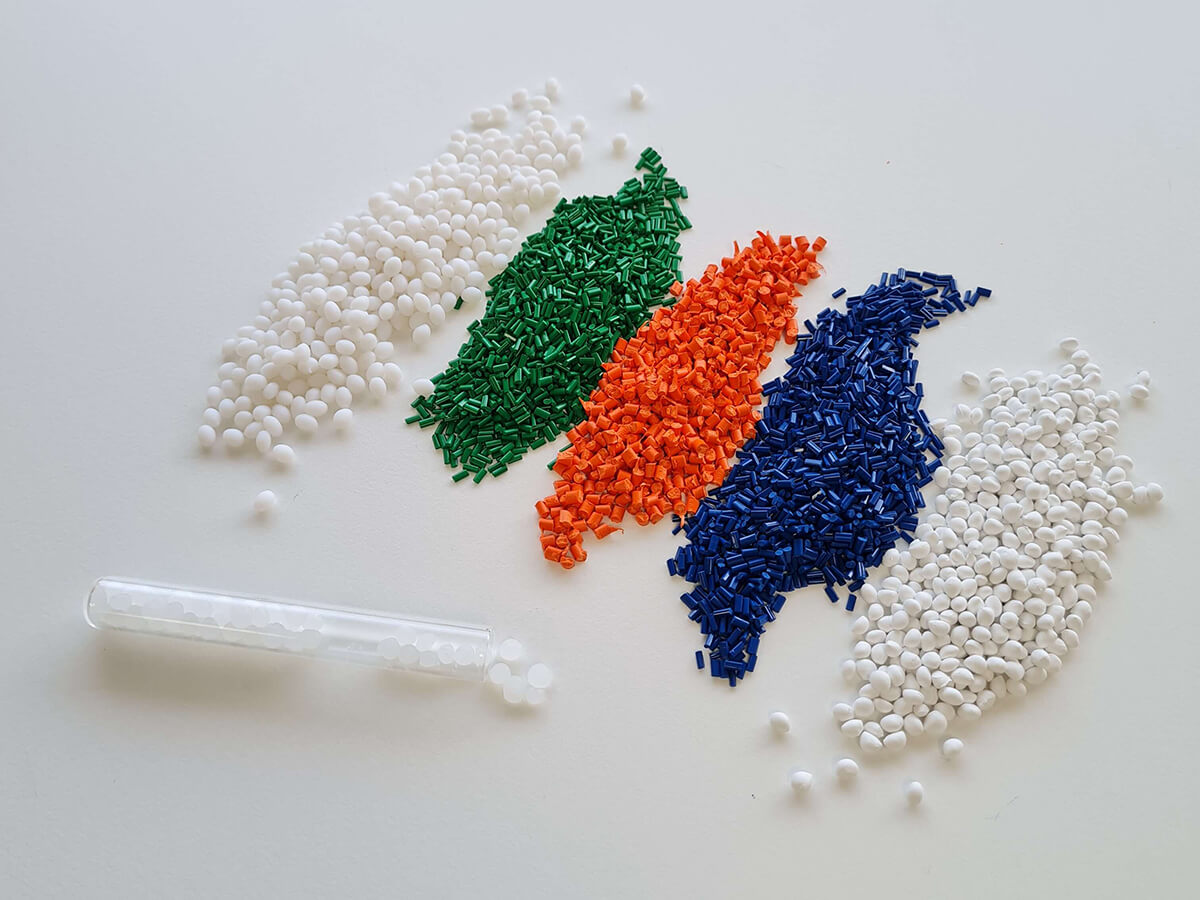
PLA Plastic: What is it and what is it used for?
As plastic is a material with multiple possibilities, it is used in a wide variety of applications. PLA (polylactic acid) is one of the sustainable options that the thermoplastics sector uses to fight the environmental problems that plastic generates. Polymers are essential in our daily lives and a lot of manufacturing revolves around them. We can find plastic materials in our clothing, household items, packaging, agriculture, and more.
In today’s post, we talk about PLA plastic. Keep reading and find out what is this material, its characteristics and its main applications.
Today’s serious environmental problem has generated in our society the need to find a new model of production and consumption that is more responsible with the planet. Among others, waste generation has been one of the causes that has led to the fact that today we have to face the problems of climate change.
In response this situation, alternative materials to conventional plastic have appeared that can play a fundamental role in the transition to a circular economy.
- Recommended learning: The role of plastic in the circular economy
PLA is one of those environmentally responsible alternatives that the thermoplastics sector uses to combat environmental problems.
This material is given its name because its main component is polylactic acid. The thermoplastic polymer is obtained from the fermentation of vegetables such as corn, cassava or sugar cane, among others.
El PLA es una de las alternativas responsables con el medioambiente que el sector de los termoplásticos utiliza para combatir a los problemas ambientales.
In addition, PLA plastic is a polyester and consists of lactic acid units. This acid is soluble in ether, syrupy and colorless.
How is PLA obtained?
PLA plastic is produced by the polymerization of lactic acid, which can be obtained through anaerobic fermentation of carbohydrates or by chemical synthesis.
This acid is obtained in two consecutive steps:
- Lactic acid synthesis
- Polymerization
Primarily, commercial lactic acid is derived from the fermentation of sugars by bacteria. This, therefore, means that the first step for carbohydrate fermentation is the extraction of sugar (glucose, lactose and maltose) or starches produced by corn, sugar beet and potatoes by a milling process.
Characteristics of PLA plastic
Renewable origin material
As mentioned above, polylactic acid is obtained from renewable sources such as sugar cane or corn. It is, therefore, a bio-based material since the carbon atoms in its molecule chains come from plant sources. Commonly, when this is the case, we say that the material has a “bio-based origin”.
- Suggested reading: Everything you need to know about bio-based plastics.
Compostable material
PLA plastic is a compostable material, which means that it biodegrades under composting conditions, turning into compost, CO2 and water without leaving residues of microplastics or heavy metals.
Packaging made from PLA must biodegrade at least 90% during the first 6 months and during the disintegration process of the product there can be fragments larger than 2 mm after the first twelve weeks.
To learn more about the advantages of using compostable packaging and materials, we recommend the following article:
- Suggested reading: Advantages of using compostable packaging
5 advantages for the industry
The emergence of this type of material means big changes for the thermoplastics industry. These changes are not always easy to implement. However, there are many advantages that PLA can bring to the plastics industry:
- It is a material of renewable origin, so we would avoid making use of sources such as petroleum.
- It is a compostable material.
- It is odorless, transparent and shiny.
- Visually, it has the same appearance as conventional plastic
- No need to redesign products or invest heavily in new manufacturing equipment.
In brief, the main advantage of using polylactic acid is that it is a much more sustainable and environmentally friendly approach.
Common uses of PLA plastic
Polylactic acid is found in many different sectors and industries. Here are four examples of applications for PLA plastic:
- Textile: in this case, PLA plastic is often used to create upholstery fabrics and awnings.
- Medicine: PLA has been used in the medical industry for implants and sutures for more than 10 years.
- 3D printing: this bioplastic is used to manufacture the film used for 3D printing.
- Containers and packaging: it is increasingly common to see trays, bags and bottles made from this type of material, especially in the food industry.
Prime Biopolymers enhances the qualities of PLA plastic
Although PLA plastic is a material that brings numerous advantages to the packaging industry, sometimes, processing difficulties can become a drawback when incorporating this material in the different manufacturing processes.
Prime Biopolymers seeks to improve the processability and performance of these materials by creating different grades tailored to each type of customer and application. This way, compostable materials are fully adapted to the needs and requirements of each manufacturer.
For materials such as PLA plastic, Prime Biopolymers is able to improve the mechanical properties and processability of the material without compromising its transparency.
Our main goal is to make bioplastics part of a real and efficient solution in the plastics industry. Therefore, with the development of customized ZIMIA bioplastic grades we are able to create solutions and applications where the rest of materials cannot reach.
So far, we have been able to validate ZIMIA grades that have superior characteristics to conventional PLA and the results have been truly satisfactory.









